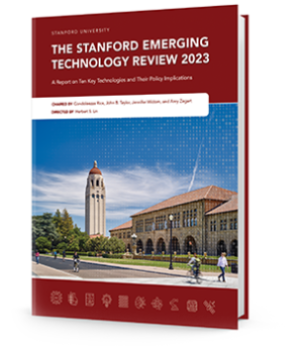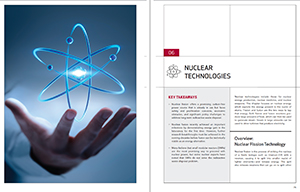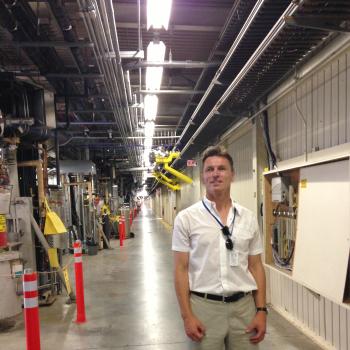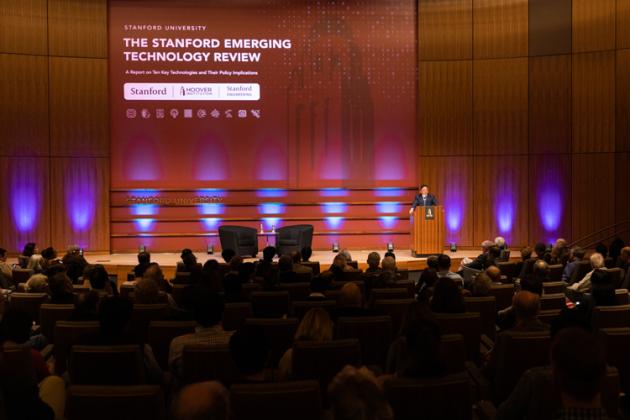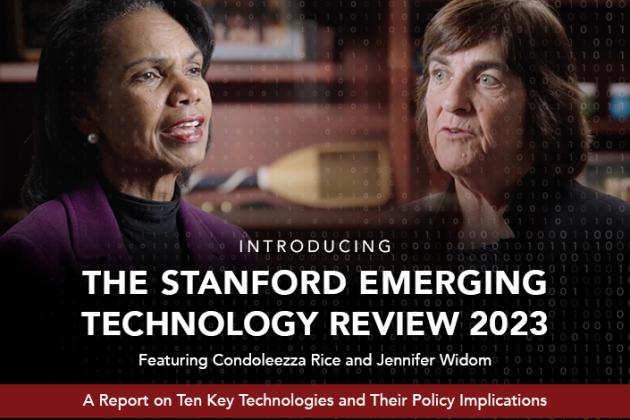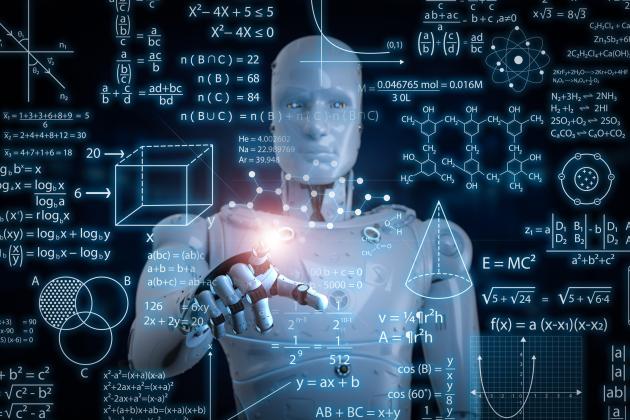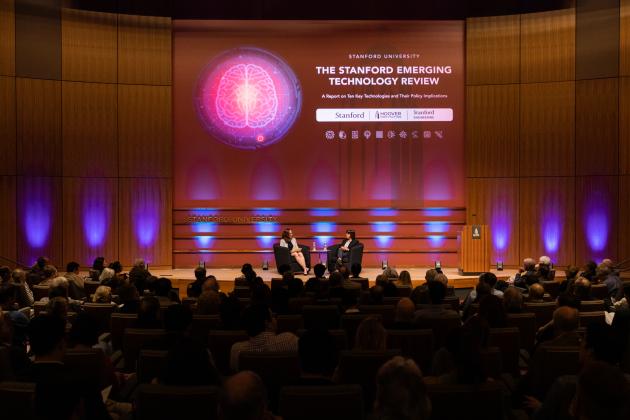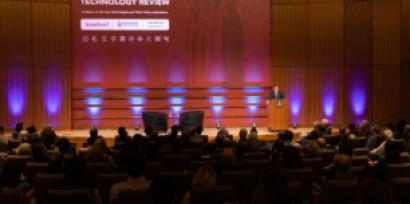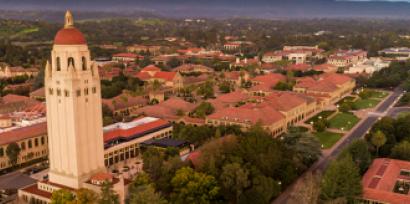Overview of Nuclear Fission
Energy can be produced from two types of nuclear reactions: fission and fusion. Nuclear fission works by splitting the nucleus of particular isotopes such as uranium-235, releasing energy. Unlike the burning of fossil fuels for energy, fission power does not produce carbon emissions. However, fission reactions do produce radioactive by-products that must be carefully managed for tens of thousands of years. R&D in nuclear fission focuses on new reactor designs that could reduce nuclear fuel requirements, improve safety, and cost less to build and operate. Research on improving long-term management of radioactive waste disposal is also important. There are two issues in nuclear waste management: how to store it and where to store it. The latter is by far the most controversial issue, and there is no enduring US plan for a long-term “permanent” solution to nuclear waste.
KEY DEVELOPMENTS IN NUCLEAR FISSION
One new reactor design gaining traction is the small modular reactor (SMR), which aims to be cheaper and faster to mass produce, transport, and install. However, SMRs are still in the demonstration and licensing phase. Two issues are the fixed costs of site preparation regardless of reactor size and the production of a larger volume of waste per unit of energy produced as compared to larger reactors.
Many new reactor designs call for the use of high-assay low-enriched uranium (HALEU), which is currently unavailable at commercial scale in the United States, so its use would make this country even more reliant on importing fuel. Furthermore, the success of new reactor designs will depend on bridging the gap between innovation and implementation. The design, scientific theory, and engineering know-how have been available for many years, but concerns over cost and safety have prevented major action toward deployment.










